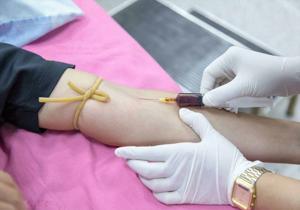IN May this year the World Health Organisation (WHO) reported a major increase in sexually transmitted diseases. That reflects what venereologist and dermatologist Dr Aruna Divakaruni sees at her practice — Sri Skin and Beauty Medical Centre on the Eastern Main Road in Tunapuna which offers several services including testing, consultation and diagnosis of all STDs. She has observed a general increase in the number of cases of STDs, particularly in patients in their 20s and 30s.
The uptick in the number of people presenting with STDs can be linked to the growing understanding of the importance of getting tested and treated with regular follow-up visits.”This is definitely a step in the right direction,” said Divakaruni. The most common STDs among men and women are: HIV, gonorrhea, syphilis, herpes, hepatitis B, human papillomavirus (HPV), chlamydia and trichomoniasis.

Bacterial STDS such as syphilis, chlamydia, trichomoniasis and gonorrhea are treatable. Viral STDs, however, are difficult to cure or have no cure but can be controlled. “Although the virus may remain in the body, there may or may not be symptoms,” explained Divakaruni.
“Herpes simplex virus for example is a treatable but not a completely curable condition and the virus will remain dormant in the ganglion (a collection of nerve cell bodies found throughout the body) which may be aggravated during periods of stress. Other viral STDs like HIV are also not curable.” Of all the STDs, the most common are.
















